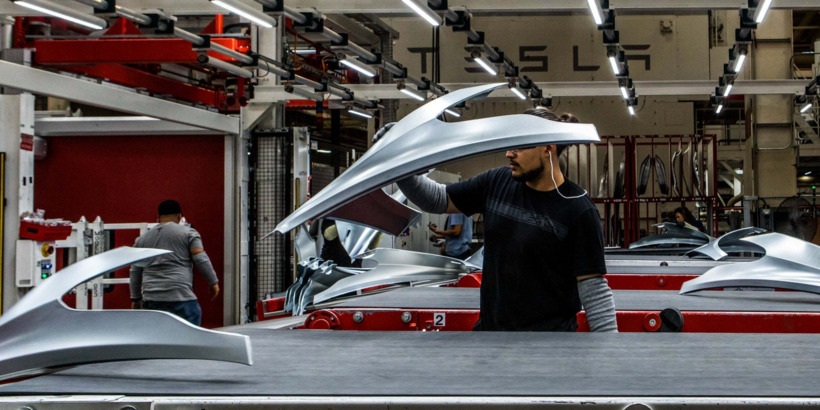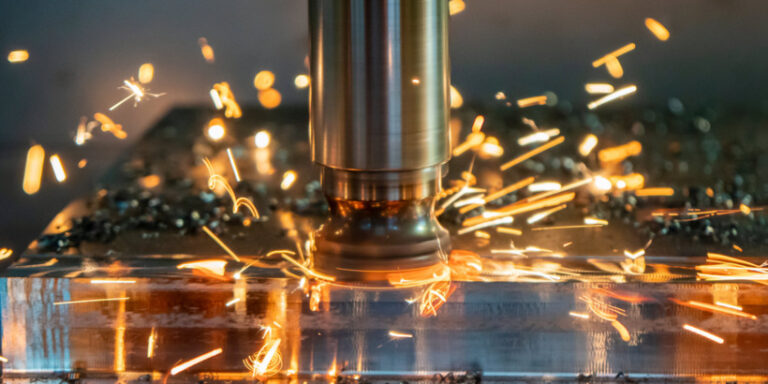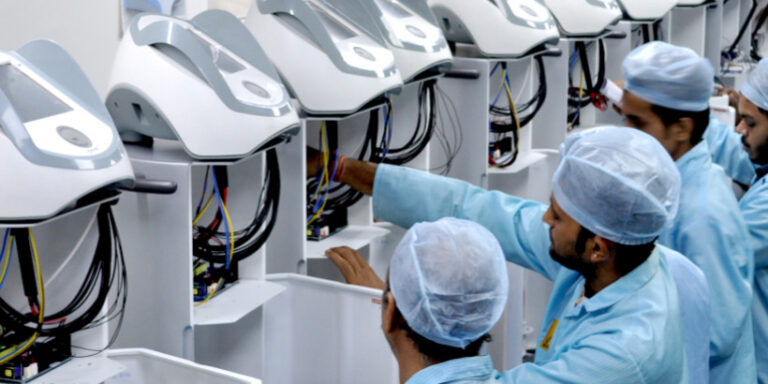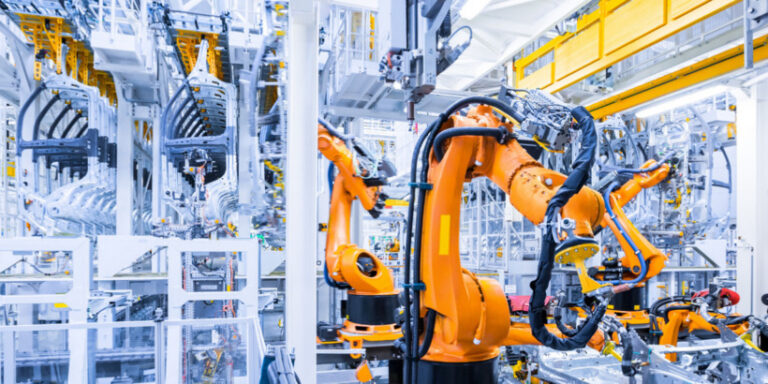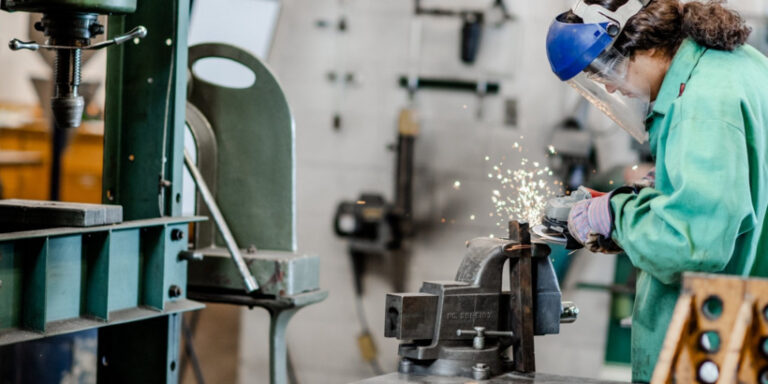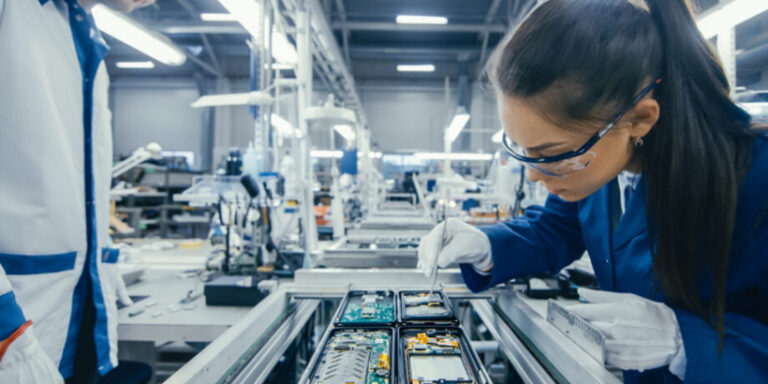The Role Of Mechanical Engineers In Medical Device Development
As a mechanical engineer, I have always been fascinated by the intersection of engineering and medicine. The development of medical devices is one area where these fields come together in an incredible way. Mechanical engineers play a crucial role in this process, bringing their expertise to bear on everything from early design concepts to final product testing.
When it comes to developing medical devices, there are many different factors that must be taken into account. For example, devices need to be safe for use by patients, effective at treating specific conditions or diseases, and easy for healthcare professionals to operate.
Additionally, cost is always a consideration – especially as new technologies emerge and competition increases. All of these challenges require careful planning and execution, which is where mechanical engineers can make a significant impact. By leveraging our knowledge of materials science, manufacturing techniques, and other core areas of mechanical engineering, we can help create innovative solutions that improve patient outcomes while also meeting business objectives.
Design And Prototyping
When it comes to medical device development, mechanical engineers play a crucial role in the design and prototyping process.
With the help of 3D printing technology and CAD modeling software, we can create detailed prototypes of devices that are essential for healthcare professionals.
As an engineer, I have spent countless hours perfecting designs using these tools to ensure they meet all necessary requirements before moving on to production.
By utilizing our skills in designing and creating complex machinery, we can contribute greatly to the field of medicine by producing innovative medical devices that positively impact patient care.
Material Selection
When it comes to medical device development, material selection is a critical factor that mechanical engineers must take into account.
As a mechanical engineer myself, I understand the importance of selecting materials that not only meet design requirements but also adhere to strict regulations and standards set by governing bodies such as the FDA.
In addition, surface finishes play a crucial role in ensuring biocompatibility and reducing the risk of infection or adverse reactions in patients.
Component integration is another key aspect to consider during material selection as it can impact overall device performance and functionality.
By carefully evaluating various factors such as strength, durability, and chemical resistance, we can make informed decisions on which materials are best suited for each component of a medical device.
Ultimately, our goal is to develop safe and effective devices that improve patient outcomes while adhering to regulatory guidelines without compromising on quality or reliability.
Manufacturing And Assembly
In the previous section, we talked about material selection in medical device development. Now let’s move on to manufacturing and assembly.
As mechanical engineers, we play a crucial role in ensuring that the supply chain is efficient and reliable for the production of medical devices. We oversee the entire product lifecycle from design to delivery and work closely with manufacturers to ensure that every component is assembled correctly. Our goal is to produce high-quality medical devices that meet regulatory standards while being cost-effective for both patients and healthcare providers.
By streamlining the manufacturing process and improving assembly techniques, we can reduce waste, lower costs, and improve overall patient outcomes. It’s an exciting time to be involved in this field as advancements in technology continue to revolutionize how medical devices are manufactured and supplied around the world.
Regulatory Compliance
When it comes to medical device development, regulatory compliance is absolutely crucial.
As a mechanical engineer working in this field, I am acutely aware of the need for risk assessment and adherence to strict regulations throughout the entire process.
This includes not only designing devices that are safe and effective but also conducting clinical trials to demonstrate their efficacy before they can be approved for use by medical professionals.
By carefully following all applicable regulations and guidelines, we can help ensure that patients receive the best possible care while minimizing any potential risks associated with new medical technologies.
It’s a challenging yet rewarding aspect of my work as an engineer, and one that requires constant attention to detail and a deep commitment to patient safety above all else.
Quality Assurance
Now that we have discussed the crucial role mechanical engineers play in medical device development, it’s important to address the equally important aspect of quality assurance.
While euphemistically speaking, making sure a medical device is safe and effective for use is no easy feat, thankfully risk management strategies can be implemented to minimize any potential hazards. This involves assessing all possible risks and coming up with ways to mitigate them through rigorous testing and analysis.
Additionally, process optimization plays a key role in ensuring consistent quality throughout production. By continually improving manufacturing processes, we can ensure each device meets strict regulations and standards set by regulatory bodies.
Incorporating these four items into our approach towards quality assurance helps us maintain high levels of safety and efficacy when developing medical devices.
- Regularly reviewing procedures
- Conducting thorough inspections
- Consistent training of employees
- Utilizing advanced technology
It¡¯s imperative that every step of the way during development adheres to strict guidelines and protocols designed specifically for medical devices. This not only ensures patient safety but also builds trust with healthcare professionals who rely on these devices daily.
Ultimately, engineering teams must remain vigilant throughout the entire product lifecycle from initial design to post-market surveillance so they can confidently stand behind their products knowing they are both safe and effective for patients around the world.
Cost Effectiveness
Evaluating cost efficiency is an essential part of the role of mechanical engineers in medical device development. I’m always looking for ways to identify cost savings while keeping in mind the importance of maximizing value for money. By doing so, we can ensure that the medical devices we produce are cost effective while still offering the highest quality.
Evaluating Cost Efficiency
Hey there! As a mechanical engineer, I¡¯m always looking for ways to optimize costs when developing medical devices.
Evaluating cost efficiency is crucial in ensuring that the product we create is both effective and affordable for patients. To achieve this, we conduct life cycle analysis to assess the overall cost of production, from design and development to manufacturing and distribution.
By doing so, we can identify areas where we can cut costs without sacrificing quality or performance. It¡¯s important to strike a balance between affordability and efficacy because ultimately, our goal is to improve healthcare outcomes and make a positive impact on people’s lives.
Identifying Cost Savings
Now that we’ve discussed the importance of cost effectiveness in medical device development, let’s dive deeper into how we can identify potential areas for cost savings.
As a mechanical engineer, I’m always on the lookout for innovative solutions and advanced materials that can help us optimize production costs without compromising quality or performance.
One approach is to conduct value engineering analysis, which involves reviewing every aspect of the product design and manufacturing process to identify unnecessary expenses or inefficiencies.
By doing so, we can develop more streamlined processes and potentially save significant amounts of money throughout the product lifecycle.
With this mindset, identifying cost savings becomes not just a financial goal but also an opportunity to push for greater efficiency and better outcomes for patients.
Maximizing Value For Money
Now that we’ve explored the importance of cost effectiveness and identified potential areas for savings, let’s move on to discussing how we can maximize value for money in medical device development.
As a mechanical engineer, I believe that product optimization and life cycle management are key components of this approach.
By constantly reviewing our design and manufacturing processes, we can identify opportunities to streamline production and reduce costs without compromising quality or performance.
This not only benefits our bottom line but also ensures that patients receive the best possible care at a reasonable price.
With this mindset, maximizing value becomes an ongoing goal rather than a one-time objective.
Testing And Validation
When it comes to medical device development, testing and validation are critical steps that ensure the safety and efficacy of a product. As a mechanical engineer in this field, I am responsible for overseeing these processes to guarantee that our devices meet regulatory requirements and deliver optimal results for patients.
One key area of focus is biocompatibility testing, which evaluates how well materials used in the device interact with living tissue. This involves conducting various tests such as cytotoxicity or sensitization studies to ensure that the materials are safe for use within the human body.
Additionally, usability testing is also crucial to assess how easy it is for healthcare professionals to operate the device effectively. Through repeated trials and feedback from users, we can refine design features and make necessary adjustments before bringing the device to market.
Overall, my role as a mechanical engineer in medical device development requires attention to detail and a commitment to quality assurance throughout all stages of testing and validation.
Conclusion
As a mechanical engineer involved in medical device development, I am convinced of the crucial role we play in bringing life-saving technologies to patients. Our expertise is applied from the early stages of design and prototyping through manufacturing, testing and validation. We are responsible for selecting materials that meet rigorous safety standards while ensuring cost-effectiveness.
One symbol that comes to mind when thinking about our work is that of a heart valve – an intricate mechanism designed to regulate blood flow between chambers of the heart. Mechanical engineers working on such devices must consider not only the biomechanics but also regulatory requirements and usability factors like ease of implantation or maintenance.
It’s fascinating how something as small as a tiny implanted device can have such an enormous impact on someone’s quality of life. Another image I find inspiring is that of teamwork: collaborating with biomedical scientists, clinicians, and other stakeholders to ensure that each stage of medical device development meets its objectives efficiently without compromising safety or efficacy.
We may be behind-the-scenes contributors, but knowing that our work ultimately benefits people motivates us every day. Being part of this process makes me proud to be a mechanical engineer contributing to advancements in healthcare technology.
